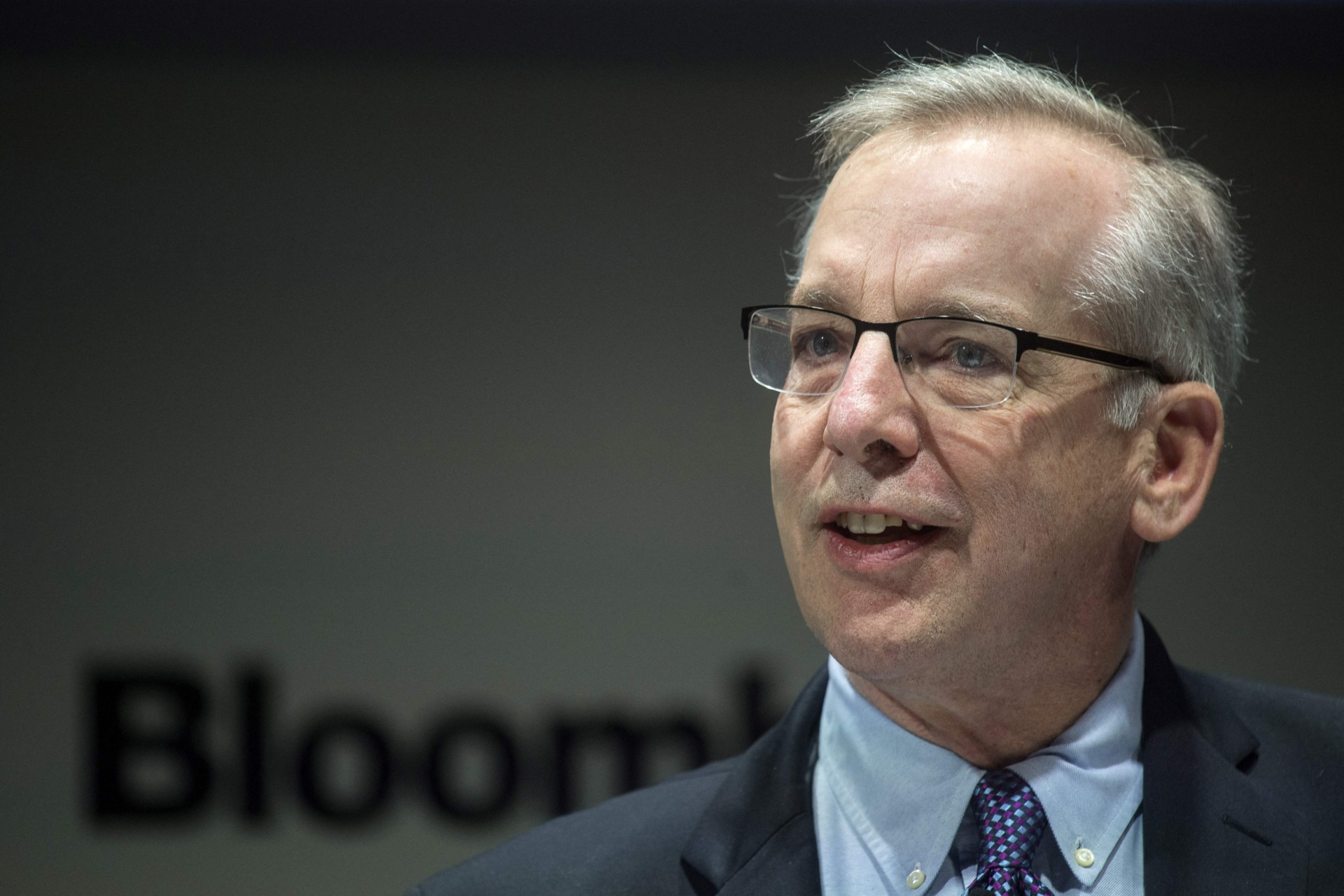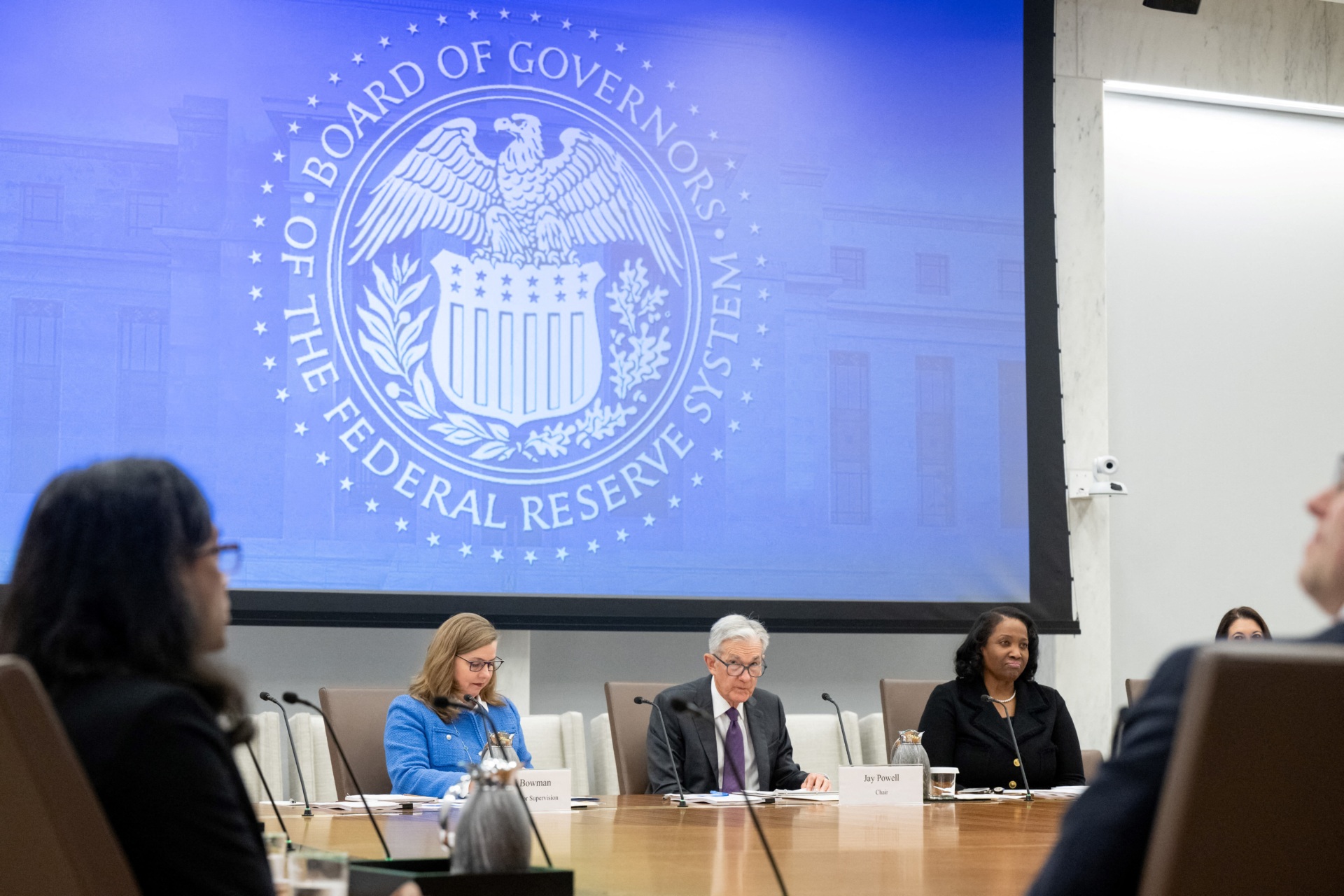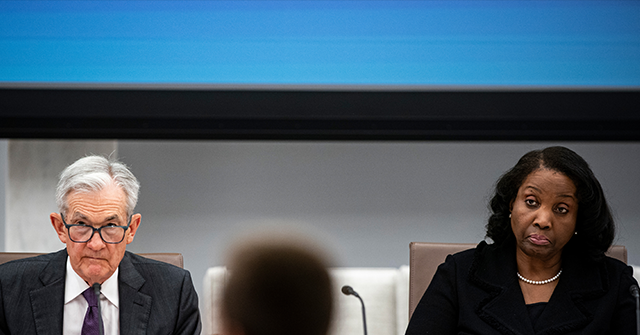From Conventions to Crisis: The Breakdown of Federal Reserve Independence
How did we get here?
This week saw a series of unprecedented events that may signal the end of the form of central bank independence as we have known it for more than a century.
First, we had President Donald Trump’s announcement that he was removing Lisa Cook from the Federal Reserve Governor seat she has occupied since she was confirmed in 2022. Never before has a U.S. president attempted to remove a Fed governor.
Next, the Federal Reserve itself appeared to rebuke the president, seeming to ignore his order removing Cook while signaling they would only defer to the judicial branch’s decision about whether Cook would remain in the position to which Joe Biden elevated her. Never before has the Federal Reserve so openly flouted its willingness to defy the elected president of the United States.
Finally, Cook sued the U.S. president in federal court, arguing not only that Trump lacked sufficient authority or proper cause to remove her but that he is lying when he points to allegations of mortgage fraud as the reason for her dismissal.
Very clearly, the old order that governed relations between the White House and the Federal Reserve has broken down.
What exactly was the foundation of that order? And what broke it?
The Conventional Foundations of Fed Independence
Reading the responses to this week’s events in the editorial pages of Bloomberg, the New York Times, and the Wall Street Journal—or from people such as Harvard Law professor Stephen Carter or former Fed honcho William Dudley—you might think that the core of the old regime was a formal legal prohibition on presidents firing Fed officials without cause. They describe this as the linchpin of Fed independence and call upon the court to apply a highly restrictive interpretation of “for cause” to protect Cook and other officials from Trump’s interventions.
This way of seeing things, however, requires an implausible reading of history and of the text of the law itself. It asks us to believe that the Democratic majority in 1935 that restored the “for cause” provision (it had been mysteriously stripped out of the law governing the Fed in 1933) sought to not only make it virtually impossible to remove unelected Fed officials but also to put the decision of whether they could be removed into the hands of the federal courts. Anyone familiar with the frustrations many Democrats at the time felt at both the Fed—which they blamed for worsening the economic crisis of the Great Depression—and the Supreme Court—which was striking down New Deal legislation regularly—will find that idea beyond the realm of the plausible.
So, what was it that protected the Fed’s independence? In 2013, Harvard Law Professor Adrian Vermeule published a groundbreaking analysis arguing that agency independence in the United States depends far more on unwritten political conventions than on formal legal protections. His insights about the Federal Reserve’s independence prove more prescient than even he may have realized.
Vermeule observed that the Federal Reserve chair and vice chairs have “defined terms but no explicit for-cause tenure protection” in their leadership roles. However, they cannot be removed from their positions as Board members without cause, since all Board members have statutory for-cause protection. A president could theoretically remove someone from the chair position (stripping their leadership role) while they would continue serving as a regular Board member with for-cause protection. As Vermeule puts it, “President Obama could fire Ben Bernanke at will—not as a Board member, but as Chair.”
“Yet there are no cases of Presidents formally removing the Fed Chair. Why not? I suggest that there is a strong unwritten norm protecting the Fed Chair from removal. Whatever the relevant statutes say, it is currently unimaginable that a President would fire the Fed Chair because of disagreements over macroeconomic policy,” Vermeule argued.
In other words, it was not a formal legal protection that kept presidents from removing Fed chairs. It was the convention that made removing a Fed chair without sufficient cause “unimaginable.” Presidents held back from violating that convention because of fear of reprisal from Congress, particularly the Senate (whose permission the president needs to appoint Fed governors and chairs), and backlash from the public. What’s more, presidents themselves appear to have internalized the convention, believing that overtly interfering with the Fed—as opposed to nudging it or simply criticizing it—was beyond the pale.
It’s Not Just the Fed Chair Who Needs the Shield Of Convention
Vermeule’s argument is persuasive, but it does not go far enough. It is not just the Fed chair and vice chairs that have been protected by convention but the governors as well. While the Federal Reserve Act states that Board members may be removed only for cause by the president, this protection is largely illusory as formal law. The statute provides no definition of “cause,” no procedural safeguards, and no meaningful constraint on presidential interpretation. In a 1901 case—decided not too much earlier than the original enactment of the Federal Reserve Act—the Supreme Court said that a similarly unadorned “for cause” provision was so broad as to make an assertion of cause judicially unreviewable. In other words, if the president says he has cause, then he does—at least as a formal legal matter.
This is backed up by the history around the restoration of the “for cause” provision in 1935. The chairman of the Senate Banking and Currency Committee, Carter Glass, said that the president did not need to bring formal charges against a Fed governor to remove him. He only needed to inform the Senate in writing of the cause. Note that although this is formally weak, Glass thought this was in practice a strong protection for Fed officials that ensured the independence of the Fed.
Senator Carter Glass of Virginia speaks during a hearing before the Senate Banking and Currency Committee on June 4, 1935, about the Banking Act of 1935.
Which is to say, the real protection for Fed governors, like the chair, comes from convention rather than law. The political costs of removing governors—congressional retaliation, market disruption, and violation of deeply held norms about central bank independence—provide the actual constraint on presidential power. The “for cause” language creates a legal veneer that makes governors appear more protected than the chair, but both derive their substantive protection from the same conventional mechanisms.
This means the entire Federal Reserve system’s independence rests on political norms rather than legal guarantees. The central bank that controls monetary policy and wields enormous economic influence operates on conventional protection that could erode under sufficient political pressure.
Breaking the Conventional Peace
For decades, this conventional system worked through an implicit bargain: the Fed would maintain political neutrality in exchange for operational independence. Presidents might grumble about monetary policy, but they respected the boundaries. The Fed, in turn, avoided actions or statements that could be interpreted as electoral interference.
That conventional peace shattered in August 2019 when Bill Dudley published a Bloomberg column titled “The Fed Shouldn’t Enable Donald Trump.” Dudley wasn’t just any former Fed official. He had served as both the vice chair of the Federal Open Market Committee (FOMC) and the president of the New York Fed, a position often considered second only to the chair itself and the only regional presidency that has a permanent seat on the FOMC. He didn’t merely suggest the Fed avoid accommodating bad trade policy—he explicitly advocated for electoral interference. He argued that “there’s even an argument that the election itself falls within the Fed’s purview” because “Trump’s reelection arguably presents a threat to the U.S. and global economy.” Most provocatively, he urged Fed officials to “consider how their decisions will affect the political outcome in 2020.”

President of the Federal Reserve Bank of New York Bill Dudley speaks at a Bloomberg event in central London on May 24, 2018. (VICTORIA JONES/POOL/AFP via Getty Images)
Dudley understood he was breaking taboos, acknowledging that “Fed officials’ desire to remain apolitical” was now “untenable.” His column urged the Fed to “send a clear signal” that Trump “will bear the risks—including the risk of losing the next election” if he continued his trade policies.
Although Dudley was no longer officially part of the Fed, it has long been understood that former Fed officials often function as unofficial voices for views that current officials hold but cannot publicly express—a common pattern in government where former officials test controversial ideas or criticism that would be inappropriate coming from serving officials. A reasonable person could surmise that Dudley was giving voice to a thought that was not uncommon among current Fed officials.
While the immediate public reaction to Dudley’s column was critical—Neil Dutta, head of economics at Renaissance Macro Research, wrote a note lambasting the column and referring to its author as “Dudley Deep State” — Fed establishment immediately rallied around this new stance. That same month, all four living former Fed chairs—Paul Volcker, Alan Greenspan, Ben Bernanke, and Janet Yellen—published an unprecedented joint op-ed defending Fed independence against Trump’s criticisms. While ostensibly defensive, their intervention represented an extraordinary mobilization of Fed veterans in public political combat, abandoning their traditional restraint about engaging in partisan fights.
Former Chair Janet Yellen went further, publicly attacking Trump’s economic competence in interviews, stating flatly “No, I do not” when asked if Trump understood macroeconomic policy. She described his focus on bilateral trade deficits as inappropriate and warned that his criticism of the Fed could “undermine confidence” in the institution.
While these interventions came from former officials writing in their private capacities, they shattered conventional boundaries around Fed neutrality. The coordinated nature of these interventions signaled to markets, politicians, and other Fed officials that the firewall between monetary policy and electoral politics had collapsed.
The Institutionalization of Fed Partisanship
What happened next suggests the breakdown wasn’t temporary turbulence but a deliberate transformation. Key Fed officials positioned themselves for roles in the new Democratic administration, then institutionalized the Fed’s partisan orientation through an unprecedented revolving door.
Janet Yellen, who had publicly attacked Trump’s economic competence as former Fed chair, became Biden’s Treasury Secretary in 2021. Lael Brainard, a Fed governor since 2014, left the Fed in 2023 to become Biden’s National Economic Council Director, coordinating economic policy across the administration.
This created an unprecedented situation where recent Fed officials simultaneously implemented fiscal and regulatory policy as Biden administration officials while maintaining close relationships with current Fed officials setting monetary policy. Although there had always been some back-and-forth between the White House and the Fed, the scale of this in the Biden administration and the fact that it included such vocal critics of the rival party’s leader was new and shocking. The conventional separation between fiscal and monetary policy—a key element of Fed independence—dissolved when former Fed officials became the Biden administration’s top economic policymakers.

U.S. Treasury Secretary Janet Yellen talks to reporters on October 22, 2024, in Washington, DC. (Chip Somodevilla/Getty Images)
The revolving door institutionalized what Dudley had proposed in 2019. Instead of the Fed directly opposing Trump electorally, Fed officials positioned themselves to become part of a Democratic administration, then worked in apparent coordination with their former colleagues still at the Fed. The optics alone shattered the convention of Fed independence from partisan politics, regardless of whether explicit coordination occurred.
The implications extended beyond rhetoric. The timing of Fed actions around elections created appearances of political calculation. The Fed began aggressive rate cuts in the lead-up to the 2024 election, then abruptly paused cuts after Trump’s victory despite previously signaling continued easing. Their plea that the timing of this was coincidental strained credibility beyond the breaking point. Fed officials’ continued public criticism of tariff policies—while economically defensible—occurred against a backdrop where conventional neutrality had already been compromised. Powell explicitly stated that the Fed went on hold when it “saw the size of the tariffs” Trump imposed, since “all inflation forecasts for the U.S. went up materially” as a result.
None of these individual actions definitively proves electoral motivation. But conventions aren’t just about formal institutional actions—they’re about maintaining shared understandings that reassure all parties the rules remain stable. Once Fed officials signaled that electoral considerations were legitimate factors in monetary policy, once they made it clear that they were opposed to a Trump presidency, subsequent Fed decisions inevitably carried political implications regardless of officials’ stated motivations.
After the Fire: The Ruins of Fed Independence
The long peace between the Fed and the White House has probably been decisively shattered. This is not necessarily a criticism of America’s approach to central bank independence. After all, the peace lasted for more than a century. The U.S. system, dependent on political norms, was very resilient.
But even the most resilient systems can breakdown under extreme pressure. The conventional protection that once seemed robust now appears fragile and probably broken. Once former Fed officials began signaling—or explicitly stating—that electoral considerations are appropriate factors in monetary policy, they undermined the very conventions that protected their independence. President Trump, facing a Fed that has abandoned political neutrality, no doubt felt less constrained by the conventional rules that once preserved the institution’s autonomy.

Federal Reserve Chair Jerome Powell speaks alongside Vice Chair for Supervision Michelle Bowman (left) and Governor Lisa Cook (right) during an open meeting discussing in Washington, DC, on June 25, 2025. (SAUL LOEB/AFP via Getty Images)
The Federal Reserve’s conventional independence was built on a foundation of mutual restraint. Now that the foundation has cracked, it will be difficult to uphold without fundamental structural changes—or a return to the political discipline that made the original convention sustainable.
The tragedy is that in attempting to resist one president’s pressure, Fed officials may have permanently weakened the institutional protections that shield monetary policy from political interference. They broke the convention that protected them.
Read the full article here
